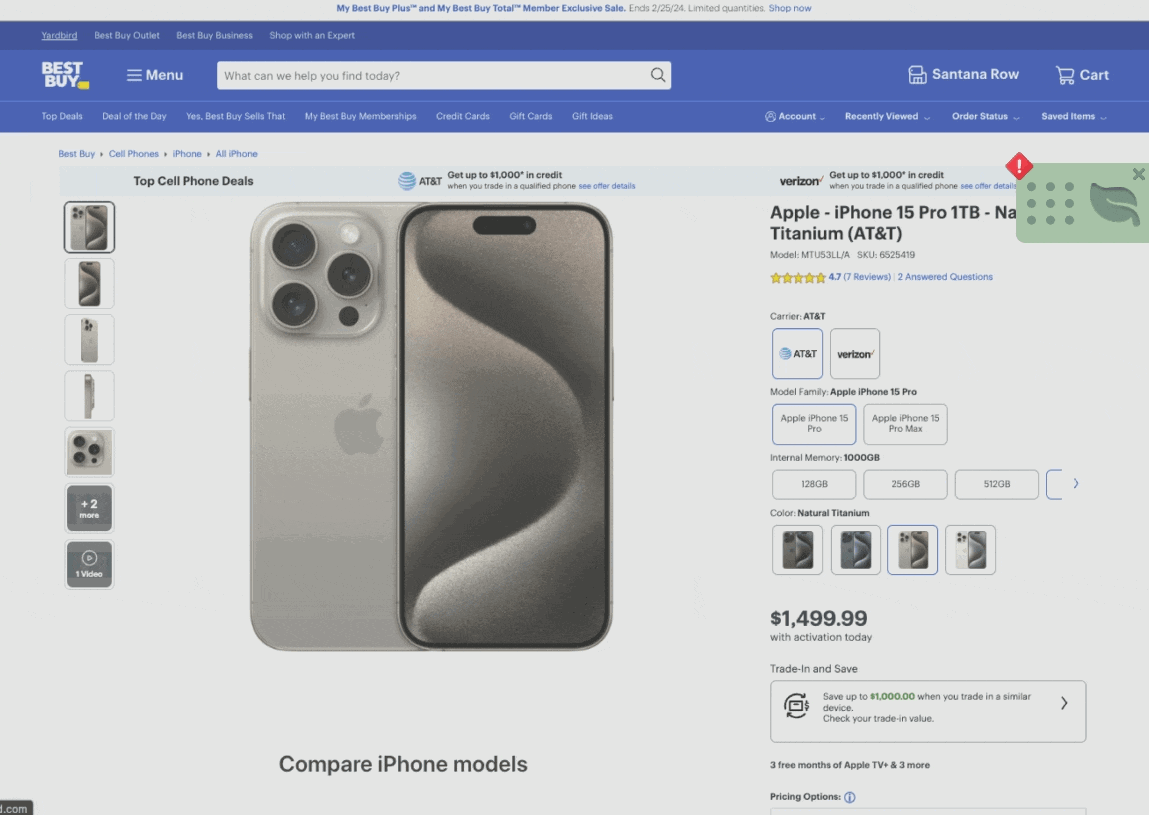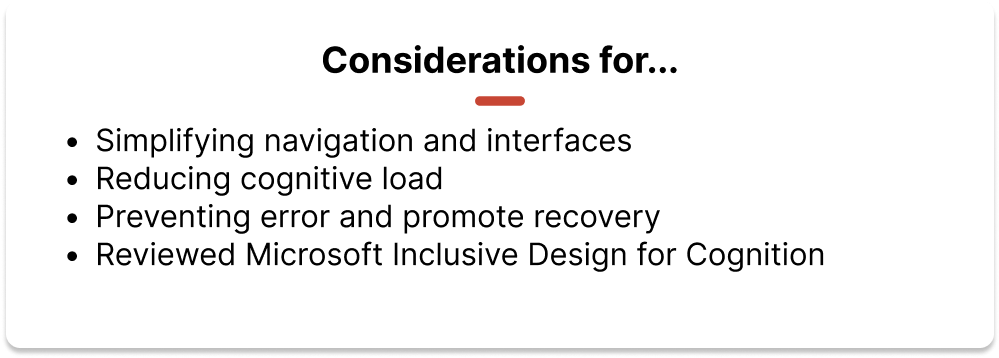Ask Oracle
.png)
.png)

Exploring GenAI’s potential in crafting compelling financial narratives while fostering user trust with sensitive data.
Kendra Wu,
Neelambika Manvi,
Radhika Jain.
Interaction Design, Wireframing, Visual Design, Research Planning, Principal Interviewer & Moderator.
Financial reporting tools help businesses understand the state of a business previously, currently and predicts trends for the future. The traditional financial reporting process often arduous and extremely time-consuming. With current methods, identifying and fixing errors and the difficulty in discovering the "story" of the data may prevent executives from making timely decisions.

This is a graduate capstone project sponsored by Oracle, where myself and two other Human-Computer Interaction master's students collaborated with 4 Oracle product designers and a few other experts in accessibility and UX research collaborated to design for this problem space.
We decided to focus on the Synthesis & Narration stage in the reporting process because determining the "why" of what the data is describing tends to be difficult to discern.

Financial professionals who rely on traditional systems to author financial narrative reports may experience inefficiencies and frustration due to disjointed workflows, which can divert their focus from strategic decision-making to troubleshooting data sourcing and visualization issues.

Understanding David's pain points helped us narrow down one area in the entire report authoring process in which to focus our design solution.

So what solution to remedy David's needs?



Our team devised a software tool in which GenAI would be so ubiquitous and integrated, aligning with Oracle’s philosophy on machine learning. Creating auto-generating reports fit the bill, so our team went out on a limb designing a tool that would inevitably question users’ trust, and rightfully so, due to the current state of ML and GenAI today.
Thus, it was essential to design a product in which it should be so forgiving that if there were any mistakes or confusion in data, users would be able to easily check for errors and validate data & analyses.
1. Auto-Generating Reports

To begin a new report, users could generate a report with Oracle's help at pulling the right data or users can start with a blank document or make a copy of an old report.




2. Providing Data Explanations & Sources

Understanding where data came from was the top priority for users we interviewed who worked on next year projections reports.


3. Crafting Narratives for the Data

Users can ask Oracle to make meaning of data and also directly edit the document at any point.


4. Activity Log

Users can view and restore other contributors’ edits and learn how they used Oracle to edit shared reports.



Enabling David to create financial narratives seamlessly and confidently.

Understanding David's pain points helped us narrow down one area in the entire report authoring process in which to focus our design solution.
Educates
→ Reminds users several ways to practice mindfulness while browsing new tech devices

MOTIVATES
→ Enables users to earn points for environmental-friendly awards through uploading receipts after donating / trading in old devices

Accessible
→ Provides a sense of ease & accessibility to users by providing nearby disposal center information









My team interviewing a participant
Reviewed a total of 6 peer reviewed articles to set the scene on the notion of incorporating GenAI in organizational finance reporting. These articles also helped inform interview and survey questions, and the competitive analysis encouraged exploring patterns of GenAI characteristics created by other competitive softwares such as Microsoft Dynamics 365, SAP ERP and Workday Enterprise Management. At this point in time (April 2024), there are only proposals being made about AI assistants but haven't been released on the market yet.
Ensuring the users feel that they have autonomy during the process

Recruited through various ways






20%-30% of financial professionals who interact with financial reports are the ones who author them making the recruitment for this project especially difficult given our timeline.
Recommendation: Help alleviate pain points caused by delays in data sourcing.


Recommendation: Help articulate & contextualize data trends & business predictions.


Recommendation: Detect, explain, and suggest ways to perform error handling.


Recommendation: Provide proper documentation and citations to easily trace back steps GenAI takes


Show sources: separate document for data source citations
1. Download document with sources linked.
2. Add relevant sources to the document.
3. Expand the answer to find document link and brief explanation.


Suggest data visualizations to best represent data trends
1. Import data and select chart builder feature.
2. Request GenAI to create suggestions for data visualizations for specific datasets.
3. Learn how GenAI generated the suggestions.
Suggest data visualizations to best represent data trends
1. One universal button that contains all the AI features.
2. Each feature is connected to another
3. Features include:

Separating General & Specific AI Queries


Emphasizing AI Output Explanations















Similar to a user interview, I would host a scoping-specific meeting for next time:
My goal would be to understand stakeholder expectations for the objective, decisions, final deliverables, participants, timeline, communication method preferences and miscellaneous documents to share (if any).





Thanks for tuning in! Please contact me (kendra.n.wu@gmail.com) if you have any inquiries or reactions - I'd love to hear them! ♥️


And a big thank you to all of those who made this collaboration happen...


